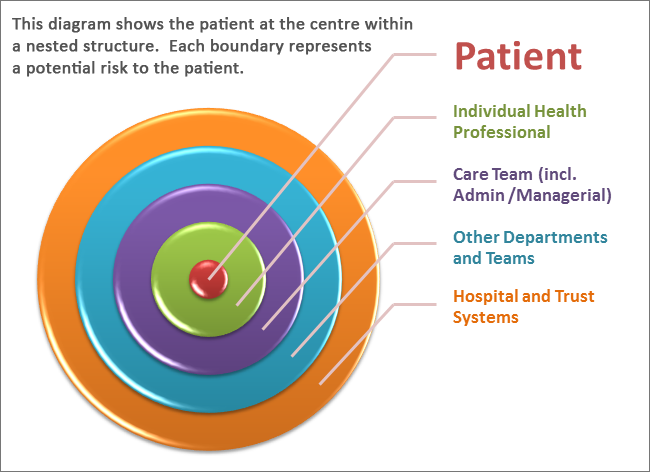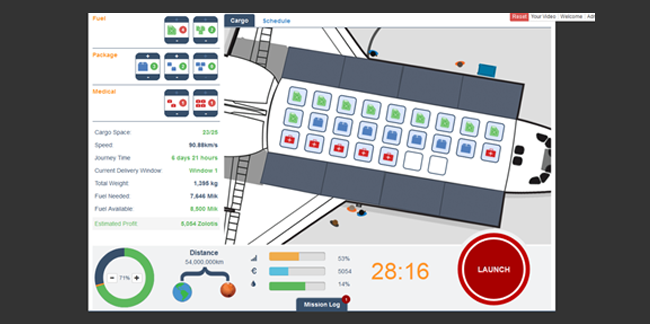
| Theme: 4BB Teaching tools | |||
 |
||||||
| Crossing Boundaries: Reducing care fragmentation across hospital sites to improve patient care |
 |
|||||
|
||||||
Excellent patient care means putting patients’ needs at the centre and delivering a seamless service. The concept of ‘care fragmentation’ is underpinned by the impact of human factors in healthcare. With increasing numbers of healthcare providers there are cumulative risks of errors occurring at each ‘boundary’ of the patient journey.


Image: Patient care boundaries Image: NHS overview of ....
Close collaboration between individuals, teams and often different organisations is required to deliver seamless care, especially in children where complex conditions often require the integration of multiple specialties, professionals and agencies.
We created a learning event that ‘crossed the boundaries of care’ between key multi-disciplinary stakeholders from three neighbouring NHS trusts. Over two days, participants shared learning experiences designed to highlight common issues of care fragmentation. This included playing a serious computer game, ‘Mission to Mars’ to improve team communication and build negotiating skills. Three teams, each representing a hospital trust played the roles of ‘Flight Crew’, ‘Mission Control’ and ‘Engineers’. The teams were tasked to work together to launch and land a successful mission to Mars.


Image: Mission to Mars Serious game. "Launch" Image: Mission to Mars Serious game. "Inflight"
The serious game replicates issues experienced everyday within and between hospitals, such as sharing clear and timely information. It provided an opportunity to practise negotiation, communication and effective team working, whilst maintaining a shared purpose and success with the patient at the centre.
The game was followed by an in-depth debrief, deepening the learning experience and enabling the facilitators to bring the teams back in to the ‘real world’. Players were able to reflect on their roles as key players in the patient pathway and feel empowered to influence the delivery of better care.

Feedback from the course
On the second day, the participants were given time and support to develop joint projects to improve cross-site care for children. At the end of the two days the participants developed three Quality Improvement projects that they were going to continue to work on over the next 3-4 months.
The projects were:
|
|
|
The ‘Crossing Boundaries’ course combines the exceptional involvement of key multi-disciplinary stakeholders with innovative learning technologies. This helps create a solid foundation on which to build networks with a shared purpose that will sustain engagement, perpetuate learning and ensure the patient remains at the centre of care.
- Bringing together key stakeholders from neighbouring organisations have helped establish new partnerships and foster collaboration.
- Using serious gaming technologies has enabled participants to reflect on their experiences, which in turn has empowered them to influence the delivery of care.
- Having a multi-disciplinary team on the course created a shared goal, enabling projects to be created, developed and sustained.
Francina Cunnington, Educationalist
Dr Marc Wallis, Senior SpR, Dermatology, Addenbrooke’s Hospital
Alan Betts, HT2 Company

 Send Email
Send Email